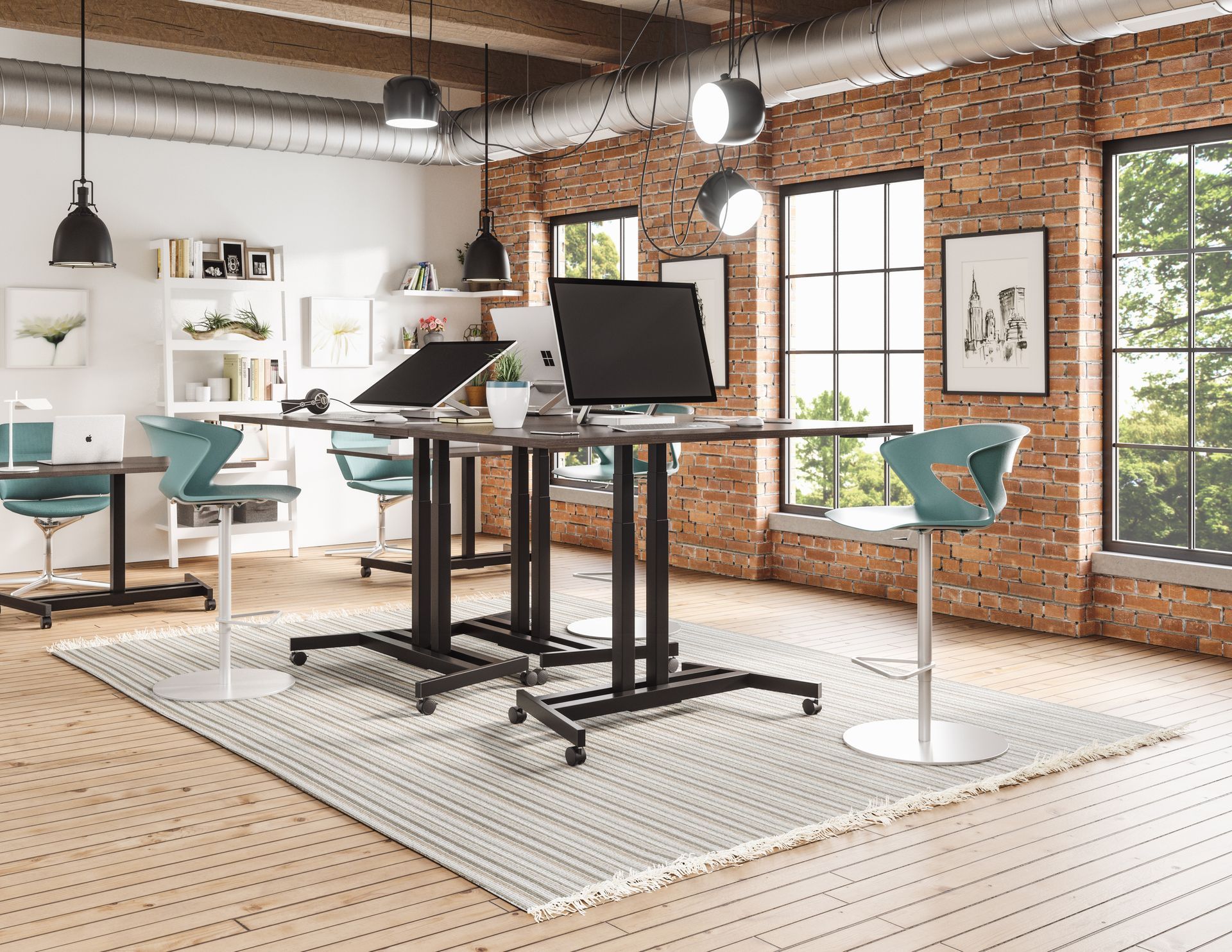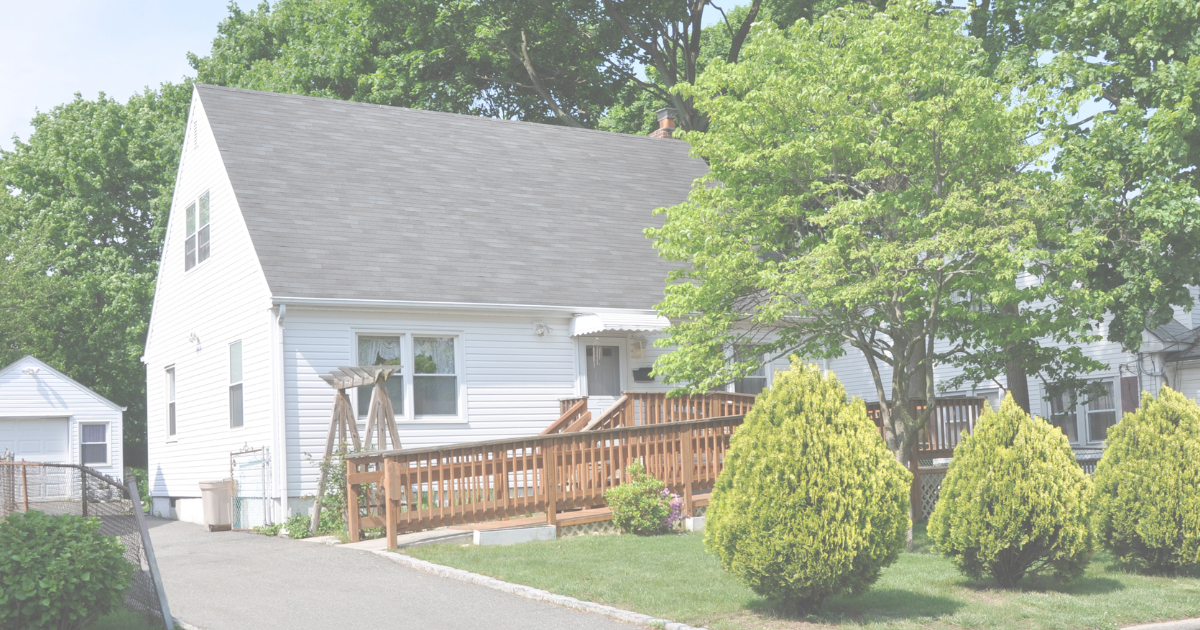Everyday Examples of Universal Design

Universal design is a term to describe the design of spaces and products so they can be used by anyone. You may have also heard it called barrier-free design, inclusive design, or accessible design. Whatever you call it, the bottom line is–universal design makes spaces accessible to everyone, regardless of age, ability, size, or circumstance.
Ronald L. Mace came up with the concept of universal design, founding the Center for Universal Design at North Carolina State University in 1989. He and several colleagues established the Principles of Universal Design in 1997. These principles are:
- Equitable Use
- Flexibility in Use
- Simple and Intuitive Use
- Perceptible Information
- Tolerance for Error
- Low Physical Effort
- Size and Space for Approach and Use
You can learn more about the Universal Design Principles via the Ronald L. Mace Universal Design Institute, a non-profit organization based in North Carolina dedicated to promoting the concept and practice of universal design.
As part of the Americans with Disabilities Act (ADA), the federal government has established Standards for Accessible Design. While that’s a start, the concept of universal design is even more inclusive, as it considers design for all needs in terms of public and private spaces—indoors and outdoors—as well as products and goods.
We hope to help make the world a more inclusive space for all. One way to do that is by thinking about how to incorporate universal design in more places and spaces. Let’s start by noticing the universal design that’s already part of our daily lives. Here are some examples of universal design you’ve likely encountered:
- Signs with high contrast
- Videos with captions
- Availability of text-to-speech software
- Information materials in multiple formats (e.g., large print, electronic, Braille)
- Sidewalk ramps and curb cuts
- Curbless or step-free entry (i.e., no thresholds) into buildings, rooms, showers, etc.
- Automatic doors / wider doorways
- Adaptive/motion sensor lighting/direct light over work spaces
- Crossing signals at intersections that can be heard and seen
- Tactile surfaces (e.g., textured wallpaper, textured paving on the ground)
- Levers/Handles instead of knobs (e.g., showers, sink faucets, doors)
- Adjustable height desks in schools, workplaces, and public spaces, like libraries










